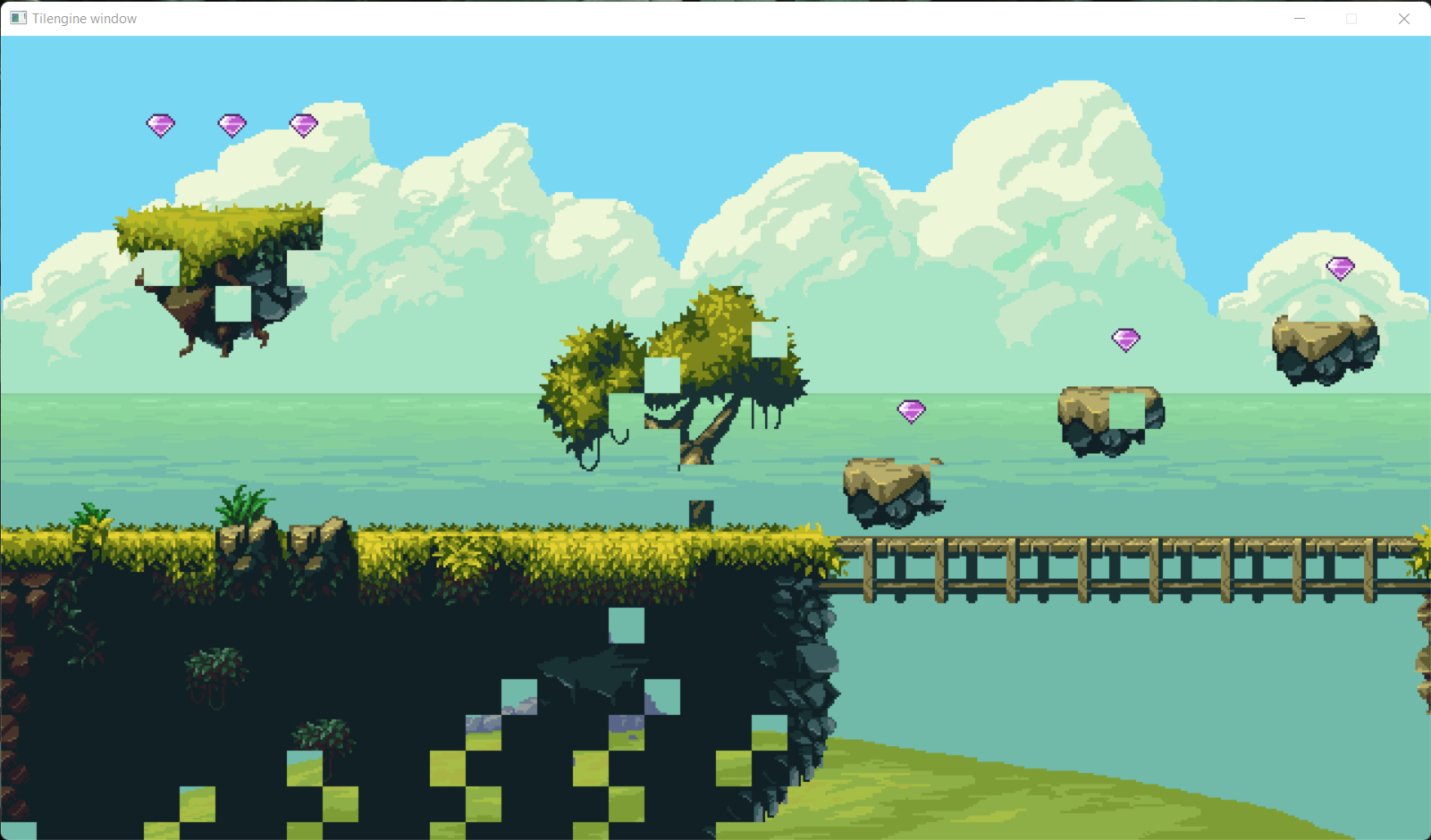Hi Marc,
I'm really enjoying Tilengine so far!
I'm getting some strange results with empty tiles in layers when I launch my application. I'm not sure what's causing the problem, but I'm hoping you might have some ideas. It seems that it gives different results every time I launch the executable, but it doesn't happen all the time. Perhaps I'm missing a few important lines of code to get the desired result, but I can't figure it out.
I've included a few screenshots of the problem occurring, as well as the source code I used to build the application below. I'm using the latest version of Tilengine (v2.9.6) and the CsTilenginePure binding that I wrote a few weeks ago. My target platform is Windows 11.
I appreciate any help you can provide.
Source code: TestApplication.zip - Google Drive




